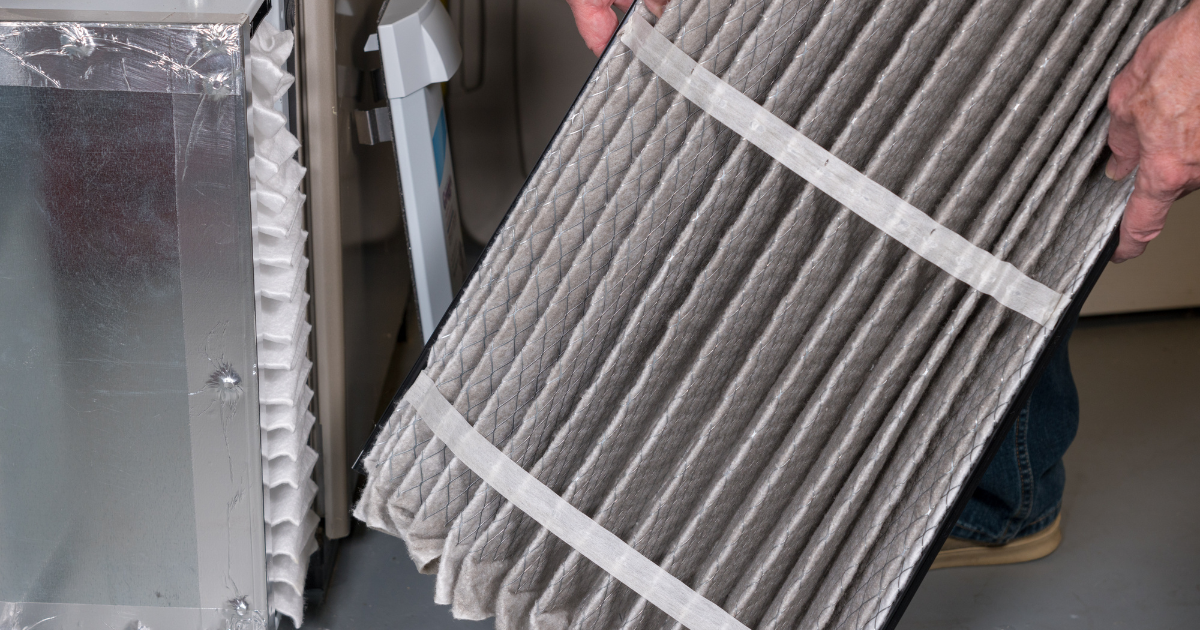
Maintaining your home’s HVAC (Heating, Ventilation, and Air Conditioning) system is crucial for comfort and energy efficiency. A well-maintained HVAC system prolongs its lifespan, improves indoor air quality, and reduces energy costs. Here’s a concise guide to help homeowners keep their HVAC systems running smoothly.
1. Understanding Your HVAC System
Key Components
- Thermostat: Controls temperature settings.
- Furnace: Heats air in the winter.
- Air Conditioner: Cools air in the summer.
- Heat Pump: Provides both heating and cooling.
- Ductwork: Distributes conditioned air.
- Ventilation: Ensures proper airflow.
- Filters: Clean the air by trapping particles.
2. Regular HVAC Maintenance Tasks
Change or Clean Air Filters
Frequency: Monthly or every three months.
Dirty filters obstruct airflow, causing the system to work harder. Regularly change or clean filters to maintain efficiency.
Check Thermostat Settings
Frequency: Monthly
Ensure the thermostat is set correctly and consider upgrading to a programmable or smart thermostat.
Inspect Ductwork
Frequency: Annually
Look for signs of damage or leaks in the ductwork to prevent energy waste.
Clean Coils and Fins
Frequency: Annually
Keep evaporator and condenser coils clean to ensure efficient heat exchange and prevent overheating.
3. Seasonal HVAC Maintenance
Spring and Summer Maintenance
- Check refrigerant levels.
- Clean the area around the outdoor unit.
- Inspect insulation on refrigerant lines.
- Test system startup.
Fall and Winter Maintenance
- Inspect and clean the furnace burner.
- Check for gas leaks.
- Test the igniter switch.
- Check carbon monoxide detectors.
4. Annual Professional HVAC Inspections
Benefits
- Expertise: Professionals can identify and fix issues.
- Comprehensive Testing: Ensures peak efficiency.
- Preventative Care: Prevents costly repairs.
What to Expect
- Thermostat Calibration
- Electrical Connection Inspection
- Lubrication of Moving Parts
- System Operation Check
5. Troubleshooting Common HVAC Problems
Inadequate Heating or Cooling
- Check thermostat settings.
- Inspect air filters.
- Verify power supply.
Unusual Noises
- Listen for loose parts.
- Check for debris.
Uneven Temperature Distribution
- Inspect ductwork.
- Check insulation.
High Energy Bills
- Perform regular maintenance.
- Consider upgrading.
6. Improving HVAC Efficiency
Upgrade to a Programmable Thermostat
- Allows setting temperature schedules to reduce energy use.
Seal and Insulate Your Home
- Prevents heat loss and keeps your home cooler.
Use Ceiling Fans
- Helps distribute air evenly, reducing thermostat usage.
Schedule Regular Maintenance
- Ensures efficient operation and early issue detection.
7. When to Replace Your HVAC System
Signs It’s Time to Replace
- Age: Systems over 15 years old.
- Frequent Repairs
- High Energy Bills
Benefits of a New System
- Increased Efficiency
- Improved Comfort
- Enhanced Features
8. Choosing the Right HVAC Professional
Tips
- Check Credentials
- Read Reviews
- Get Multiple Quotes
Questions to Ask
- Cost and timeline?
- Warranties or guarantees?
- Maintenance tips?
9. HVAC Tips for New Homeowners
Familiarize Yourself with the System
- Locate all components of your HVAC system.
Set Up a Maintenance Schedule
- Create a regular maintenance schedule.
Keep Records
- Maintain a log of all maintenance and repairs.
10. DIY vs. Professional HVAC Maintenance
DIY Tasks
- Changing air filters
- Cleaning around the outdoor unit
- Checking thermostat settings
Professional Tasks
- Refrigerant level checks
- Electrical inspections
- System diagnostics and repairs
Conclusion
Maintaining your HVAC system ensures comfort, efficiency, and longevity. Follow this checklist for regular and seasonal maintenance, troubleshoot common issues, and know when to call professionals. A well-maintained HVAC system saves money and enhances home comfort and air quality. Implement these tips for reliable, efficient HVAC performance year-round.
Tagged DIY HVAC, HVAC, Service tips


